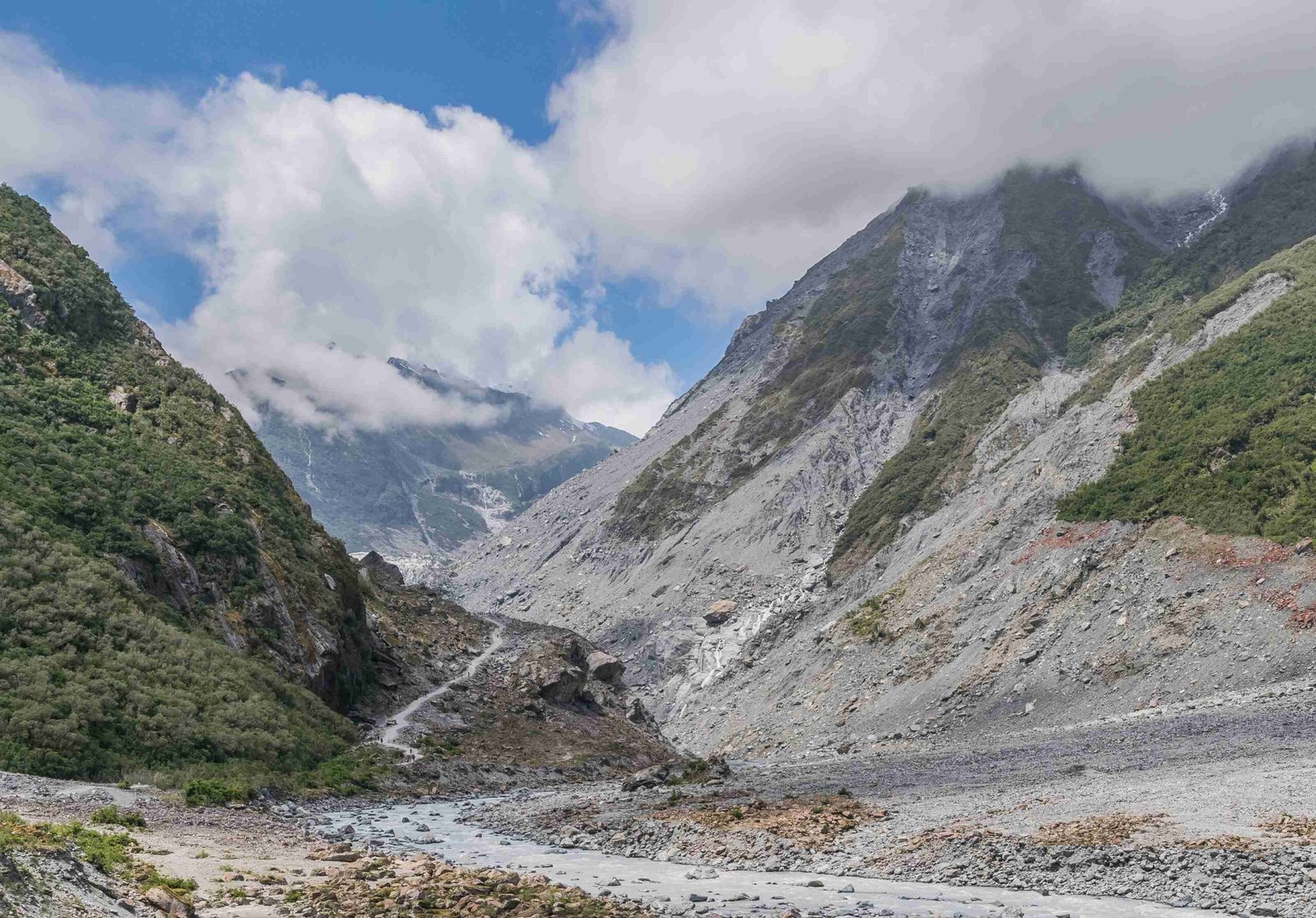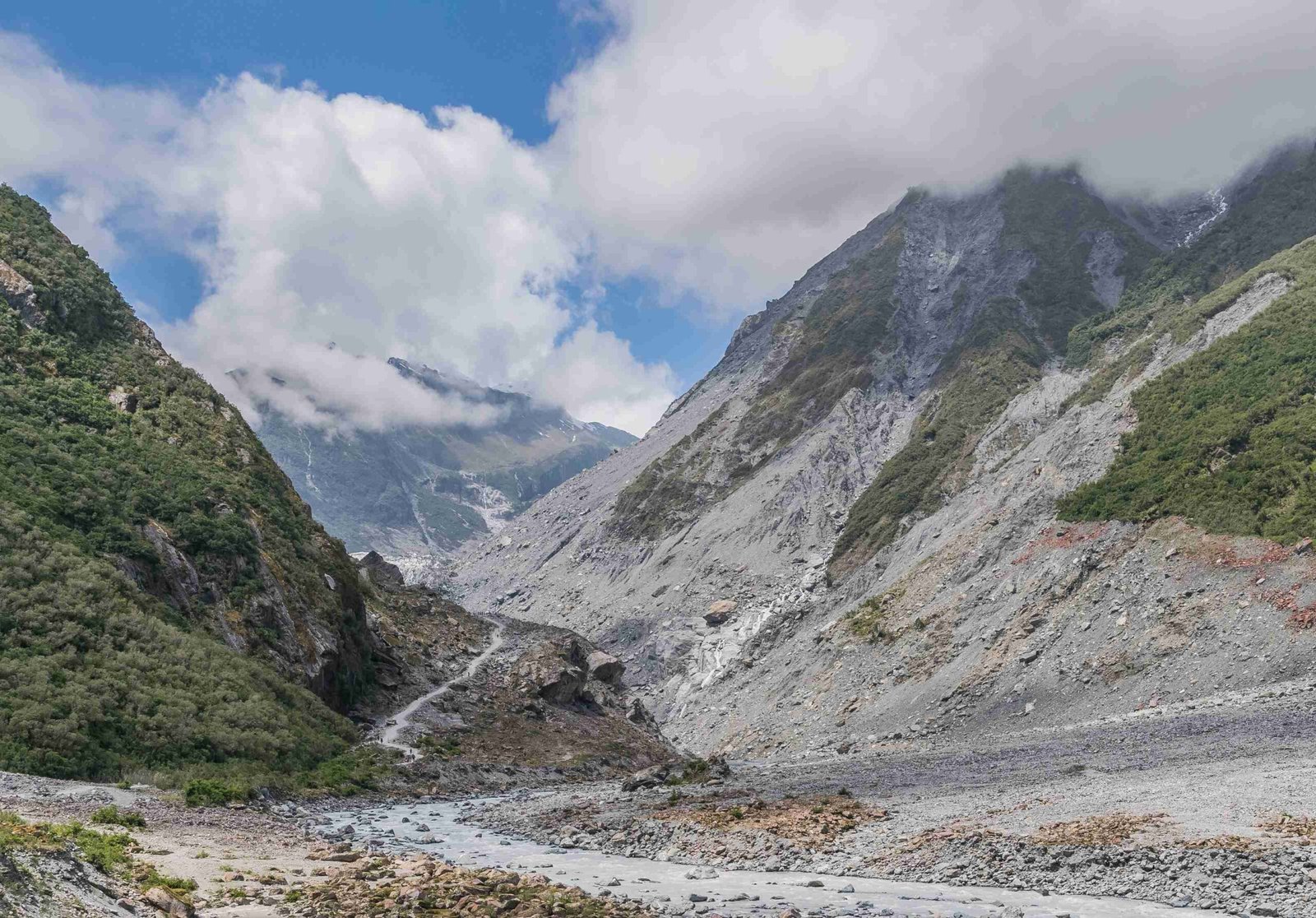Monkey flowers (Mimulus lewisii) in Glacier National Park are vibrant pink wildflowers that thrive in specific alpine and subalpine habitats. These resilient plants bloom as snow retreats, typically in late spring to early summer, adorning the park’s landscape with their distinctive five-petal structure. Found near cold mountain streams in sunny areas, monkey flowers are not only a visual delight but also play a crucial role in the park’s delicate ecosystem. Their presence and conservation are integral to maintaining the biodiversity of Glacier National Park.
Where Can You Find Monkey Flowers in Glacier National Park?

Monkey flowers in Glacier National Park have a specific habitat preference:
- Location: Cold mountain streams in sunny areas
- Elevation: Subalpine and alpine regions
- Soil Type: Moist soils, often near water sources
- Surrounding Flora: Often found with other alpine plants like glacier lilies and western anemones
These flowers thrive in areas where snow has recently melted, creating the perfect conditions for their growth. Hikers and nature enthusiasts can spot these beautiful blooms along trails that wind through subalpine meadows and near alpine streams.
When Is the Best Time to See Monkey Flowers in Bloom?

The blooming period of monkey flowers in Glacier National Park is closely tied to the snow melt:
- Peak Blooming Season: Late spring to early summer
- Optimal Viewing Conditions: Shortly after snow melt when the ground is still moist
- Weather Dependency: Exact blooming weeks can vary based on elevation and annual weather patterns
For the best chance to see monkey flowers in full bloom, plan your visit to coincide with the park’s wildflower season. This typically occurs between June and August, depending on the year’s snowpack and temperature trends.
How Can You Identify Monkey Flowers in Glacier National Park?
Identifying monkey flowers in Glacier National Park is relatively straightforward if you know what to look for:
| Feature | Description |
|---|---|
| Flower Color | Bright, showy pink |
| Petal Structure | Five distinct petals |
| Unique Behavior | Petals close when touched by pollinators |
| Growth Pattern | Found in sunny areas near cold mountain streams |
Additionally, monkey flowers have a distinctive appearance that sets them apart from other alpine flowers:
- Vibrant pink coloration that stands out against green foliage
- Typically grow in clusters, creating eye-catching patches of color
- Medium-sized blooms that are easily visible from hiking trails
What Role Do Monkey Flowers Play in Glacier National Park’s Ecosystem?
Monkey flowers are more than just a pretty sight in Glacier National Park; they play several important roles in the ecosystem:
- Pollinator Support: They provide nectar for various pollinators, including bees and butterflies.
- Soil Stabilization: Their root systems help prevent erosion in fragile alpine environments.
- Indicator Species: The presence and health of monkey flowers can indicate the overall health of the alpine ecosystem.
- Biodiversity: They contribute to the park’s rich plant diversity, which supports a wide range of wildlife.
Understanding these roles helps highlight the importance of conserving monkey flowers and their habitats within the park.
How Are Monkey Flowers Adapting to Climate Change in Glacier National Park?
Climate change poses significant challenges to the flora of Glacier National Park, including monkey flowers:
- Shifting Bloom Times: Warmer temperatures may cause earlier snow melts, potentially altering the timing of monkey flower blooms.
- Habitat Changes: As temperatures rise, the suitable habitat for monkey flowers may shift to higher elevations.
- Water Availability: Changes in precipitation patterns could affect the moist conditions these flowers need to thrive.
- Competition: Altered conditions may allow other plant species to compete more effectively with monkey flowers for resources.
Researchers in the park are closely monitoring these changes to understand how monkey flowers and other alpine plants are adapting to changing climate conditions.
What Conservation Efforts Protect Monkey Flowers in Glacier National Park?
While specific conservation efforts for monkey flowers are not detailed, Glacier National Park has comprehensive programs to protect its native flora:
- Habitat Protection: Regulations limit off-trail hiking and camping to preserve delicate plant habitats.
- Invasive Species Management: Programs to control non-native plants that could outcompete native species like monkey flowers.
- Research and Monitoring: Ongoing studies track the health and distribution of plant populations, including monkey flowers.
- Public Education: Visitor programs and interpretive signs raise awareness about the importance of preserving native plants.
- Volunteer Opportunities: The park offers chances for visitors to participate in conservation activities, including plant monitoring and habitat restoration.
These efforts help ensure that monkey flowers and other native plants continue to thrive in Glacier National Park for future generations to enjoy.
How Can Visitors Help Protect Monkey Flowers During Their Visit to Glacier National Park?
Visitors to Glacier National Park can play a crucial role in protecting monkey flowers and other native plants:
- Stay on designated trails to avoid trampling sensitive vegetation.
- Do not pick or collect any plants, including monkey flowers.
- Practice Leave No Trace principles to minimize impact on the environment.
- Report any unusual plant conditions or potential threats to park rangers.
- Participate in volunteer programs focused on plant conservation if available.
- Learn about and respect park regulations designed to protect native flora.
By following these guidelines, visitors can help ensure that monkey flowers continue to thrive in their natural habitat.
What Are Some Interesting Facts About Monkey Flowers in Glacier National Park?
Monkey flowers have several fascinating characteristics that make them unique:
- Name Origin: The name ‘monkey flower’ comes from the flower’s shape, which some say resembles a monkey’s face.
- Touch Sensitivity: The flower’s petals close when touched, a mechanism believed to protect pollen from rain or ineffective pollinators.
- Medicinal Uses: Some Native American tribes have traditionally used monkey flowers for medicinal purposes.
- Genetic Diversity: Monkey flowers in Glacier National Park may have unique genetic adaptations to their specific alpine environment.
- Phototropism: These flowers are known to turn their faces towards the sun, maximizing their exposure to sunlight.
These interesting facts highlight why monkey flowers are not just beautiful to look at but also scientifically intriguing.
How Do Monkey Flowers Compare to Other Wildflowers in Glacier National Park?
Glacier National Park is home to a diverse array of wildflowers, each with its own unique characteristics:
| Flower | Color | Habitat | Blooming Season |
|---|---|---|---|
| Monkey Flower | Pink | Near streams, sunny areas | Late spring to early summer |
| Glacier Lily | Yellow | Recently melted snow areas | Early spring |
| Indian Paintbrush | Red | Various elevations | Mid to late summer |
| Beargrass | White | Subalpine meadows | Mid to late summer |
| Western Anemone | White to purple | Alpine meadows | Early to mid-summer |
While each of these flowers contributes to the park’s beauty, monkey flowers stand out for their vibrant pink color and unique habitat preferences near cold mountain streams.
In conclusion, monkey flowers in Glacier National Park are not just a visual treat for visitors but an integral part of the park’s ecosystem. Their specific habitat requirements, unique characteristics, and the challenges they face in a changing climate make them a fascinating subject for both casual observers and serious botanists. By understanding and appreciating these delicate flowers, we can better contribute to their conservation and ensure they continue to grace the park’s landscape for years to come.
References:
1. Parks Canada – Common alpine wildflowers in Glacier National Park
2. National Park Service – Plants in Glacier National Park
3. National Park Service – Forest Wildflowers